Everyone knows that plants need sunshine in order to grow – that’s a given! And for those who know anything about growing vegetables and fruits, you know that these plants tend to enjoy lots of sunshine. But there are actually some vegetables that grow well without direct sunlight, that are shade-tolerant.
A vegetable that requires full sunlight needs 6 hours of direct sunlight between 10 am and 6 pm in order to grow and thrive. Plants that enjoy partial sun need 3-6 hours of direct sunlight between 10 am and 6 pm. If your plant requires part shade, they also need 3-6 hours of sun per day, but additionally, they’ll require protection from the midday sun.
In times like these where the future isn’t certain, people are getting more interested in gardening. But what do you do if you don’t have a yard that gets full, direct sun? Give up? Nah, grow some of these shade-tolerant vegetables.
Arugula
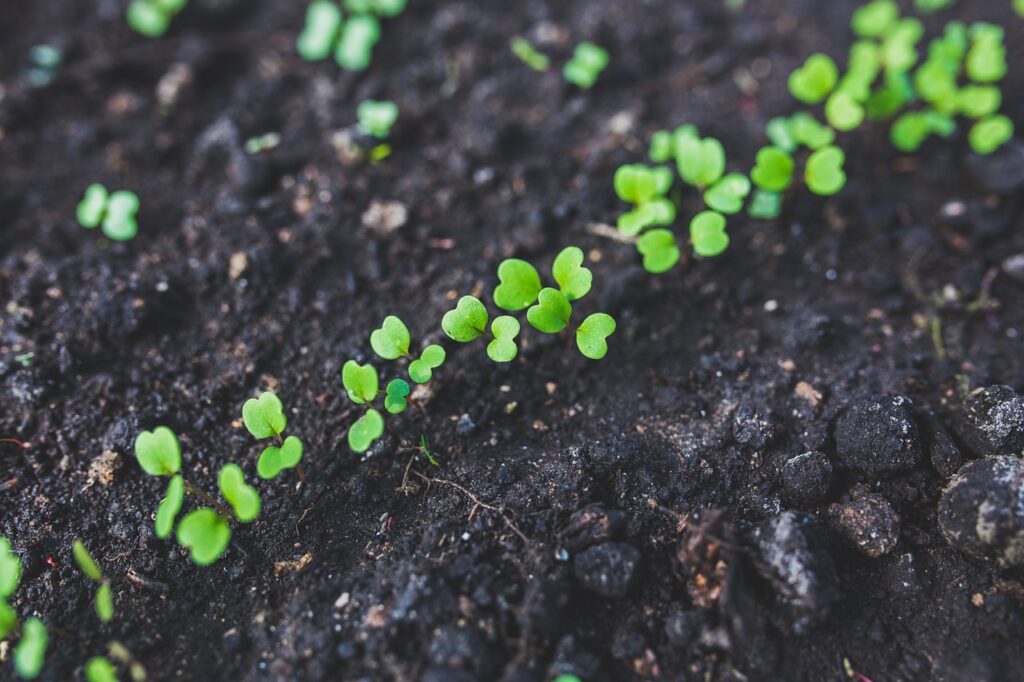
- USDA Growing Zones: Annual, grown in zones 2 to 11
- Sun Exposure: Full sun, tolerates part shade
- Soil Needs: Rich, well-draining soil
Arugula is among the fastest-growing leafy greens. It is one of those greens that people either love or hate, as it can have musky odor and taste. Some find its peppery bite very refreshing. Arugula tolerates some shade but also does well in full sun. It is easy to grow from seed sown directly into the garden.
Beets
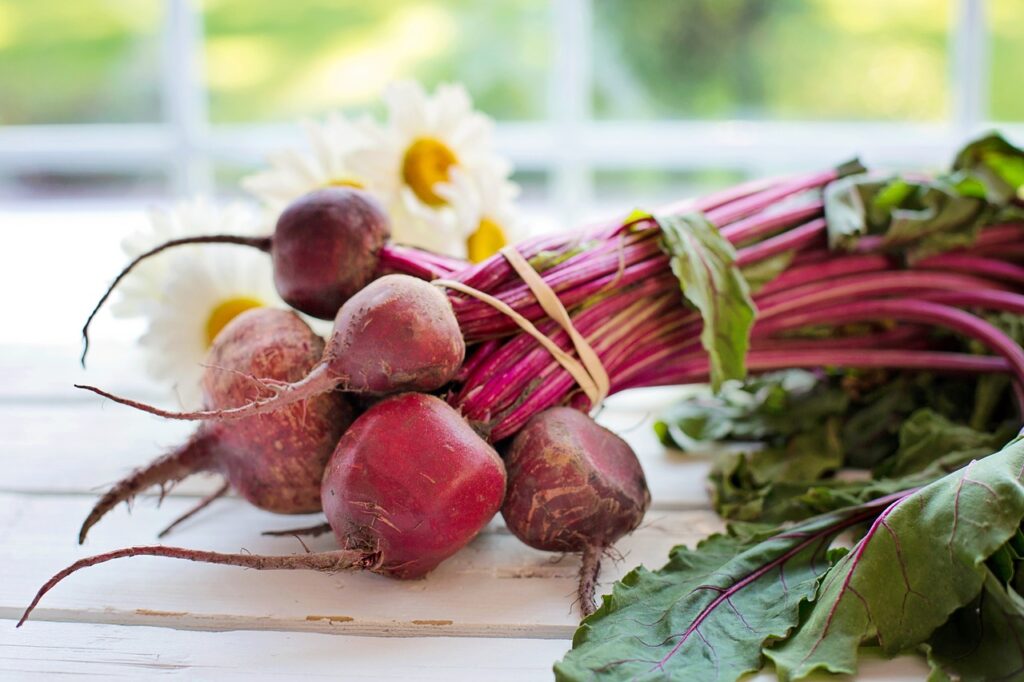
- USDA Growing Zones: Annual, grown in zones 2 to 11
- Sun Exposure: Full sun, tolerates part shade
- Soil Needs: Loamy soil
Beets sort of break the rules for planting root vegetables in partial shade and can do surprisingly well. While the shade may impact the size of your beetroots, the plants will still produce delicious greens.
If you’re short on space, beets can also do quite well in a deep container. For a continual harvest, keep planting a few seeds every week or so. Just be sure to keep them watered so the roots do not turn woody.
Cauliflower
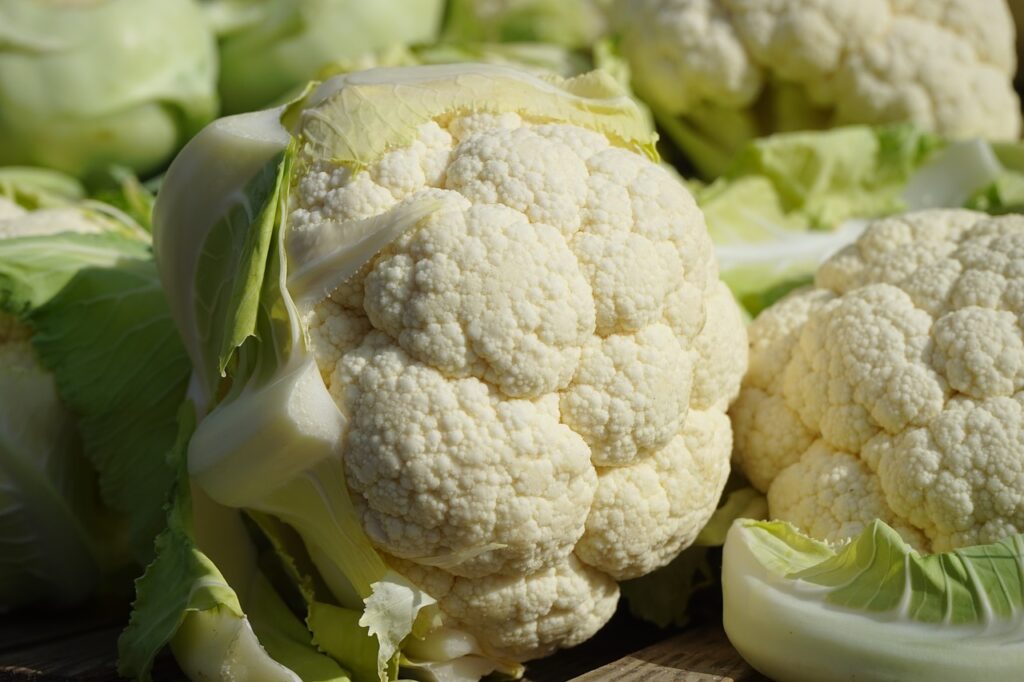
- USDA Growing Zones: Annual, grown in zones 2 to 11
- Sun Exposure: Full sun, tolerates part shade
- Soil Needs: Rich, moist, well-drained soil
Planting broccoli means you’re almost compelled to plant cauliflower as well. Staggering this beautiful plant alongside its taller, nutty-flavored cousin can really add a splash of design to an otherwise difficult shady garden space.
Cauliflower can tolerate some cold, so it’s a good last-minute addition to the garden. It does take a little work, especially if you want white cauliflower with a sweeter taste because it will need to be blanched.
Beans
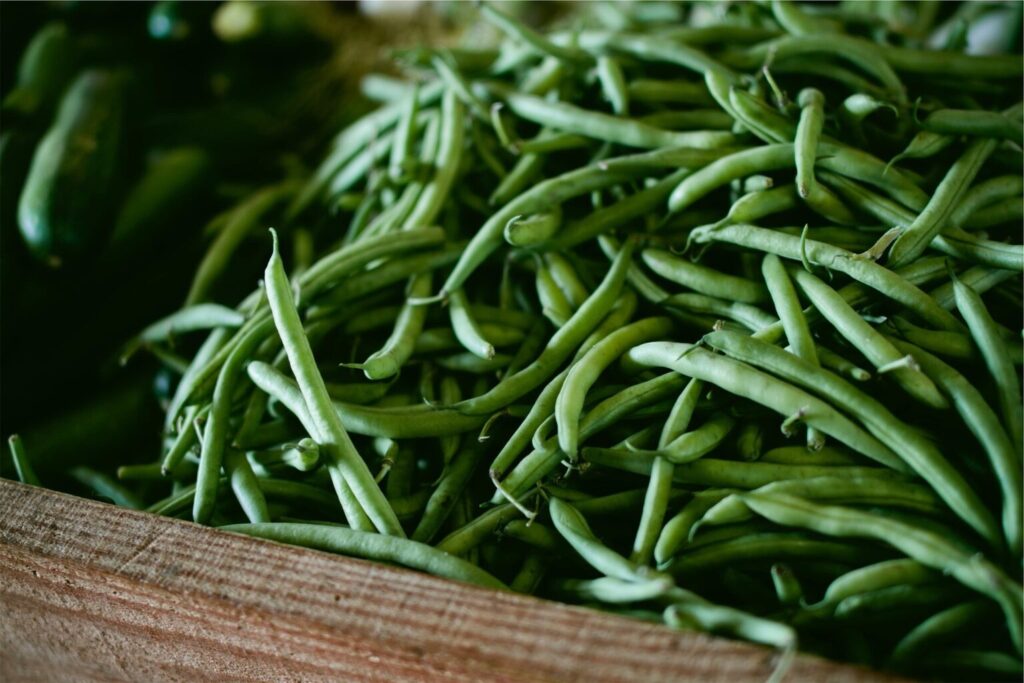
- USDA Growing Zones: Annual, grown in zones 2 to 11
- Sun Exposure: Full sun, tolerates part shade
- Soil Needs: Rich, medium-moisture soil
Like peas, beans are a little gift for the hardworking gardener; they take very little effort. There are many varieties of bush beans and pole beans that can deal with some daily shade and take up very little space.
There are many varieties of beans to choose from and are easy to grow from seed. You can even be frugal and save some beans to provide next year’s seeds.
Broccoli

- USDA Growing Zones: Annual, grown in zones 2 to 11
- Sun Exposure: Full sun to part shade (shade preferred in hot climates)
- Soil Needs: Rich, moist soil
Broccoli is one of those vegetables that you can line alongside the shadier edges of any garden space. It looks fantastic when growing in a line, and with all the colorful varieties available, it can really add a fun splash to a border.
A member of the cabbage family, this is also a relatively easy plant to grow—just keep it watered, then wait for the harvest. If you are in a hotter climate, you may even be able to sneak two crops into the extended season by replacing the old plants with new seedlings.
Cress

- USDA Growing Zones: Annual, grown in zones 2 to 11
- Sun Exposure: Full sun to part shade
- Soil Needs: Loose, well-drained soil
Cress, also known as garden cress or pepper cress, is the rare vegetable that does well in nearly full shade. It matures very fast and likes moist soils. It is known for its peppery and sometimes tangy flavor that works well in soups and stews.
Lettuce
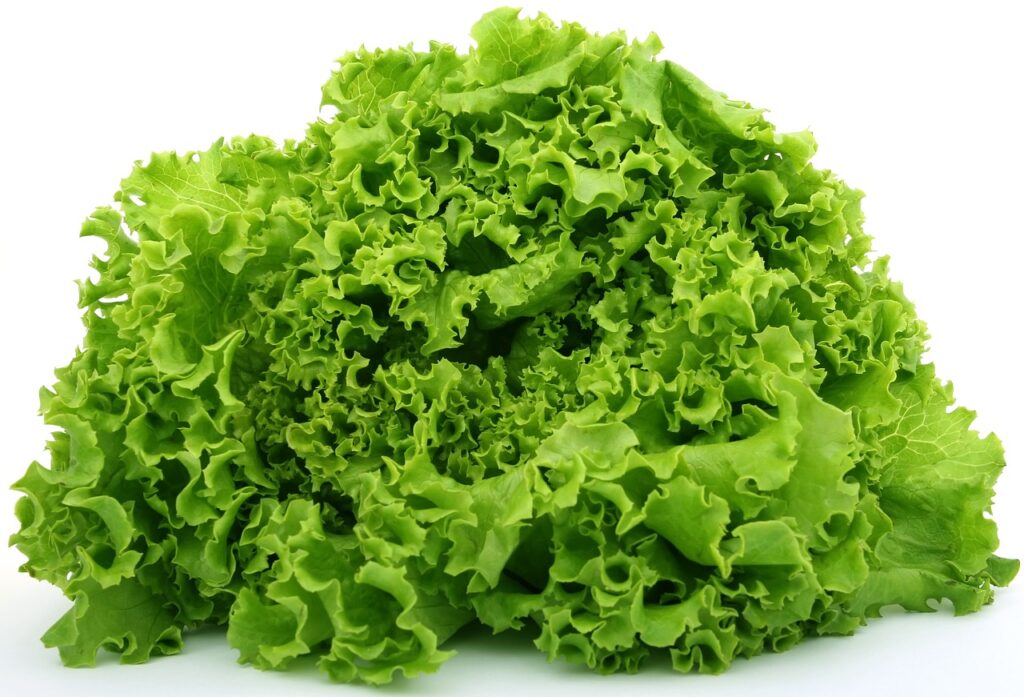
- USDA Growing Zones: Annual, grown in zones 2 to 11
- Sun Exposure: Full sun to part shade; prefers some shade
- Soil Needs: Rich, medium-moisture, well-drained soil
Lettuce—a staple for any salad or BLT lover—is a cool-season green that dislikes too much direct sun. Some gardeners even shelter lettuce with shade cloth to prevent it from burning out.
You have a few options when it comes to planting these great salad greens to enjoy them throughout the season. For instance, you can succession plant it or simply use the containers as a “cut and come again” garden, picking (and using) the oldest leaves as needed.
Radishes
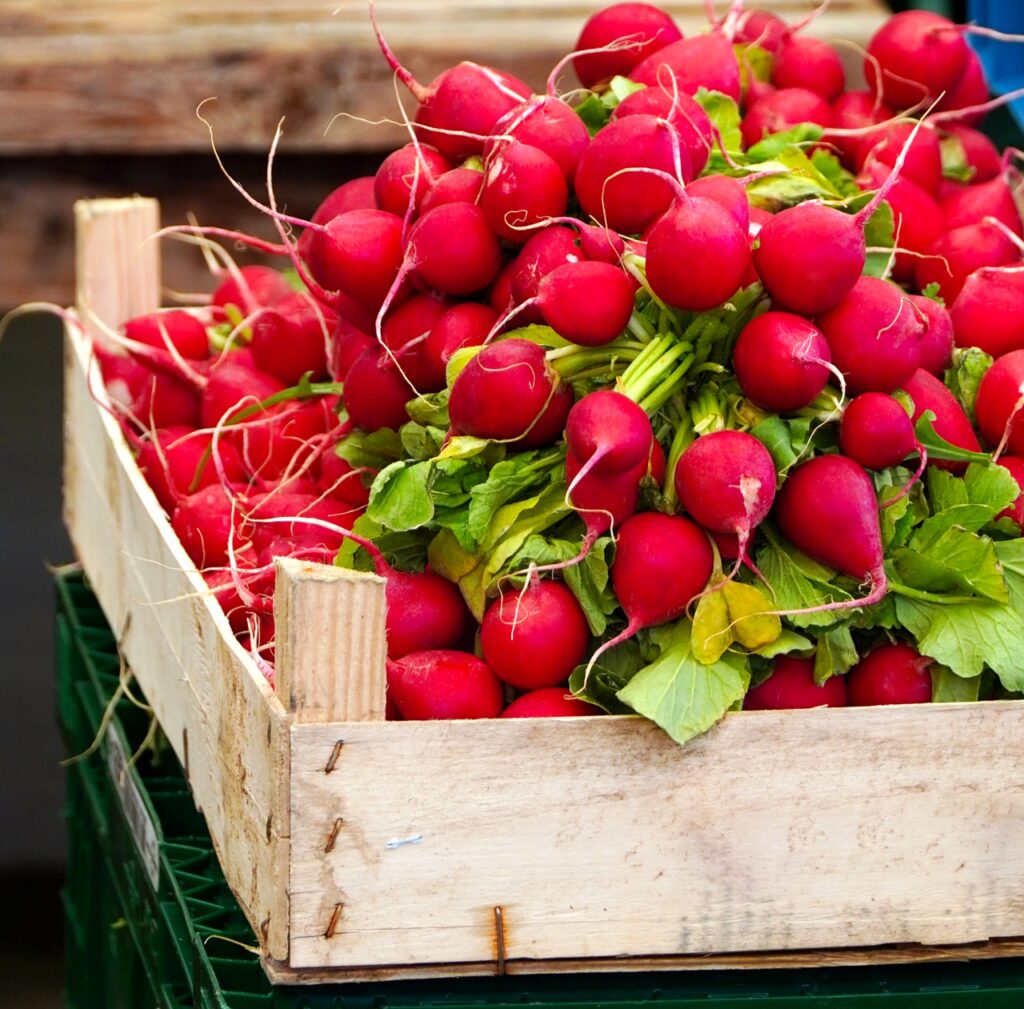
- USDA Growing Zones: Annual, grown in zones 2 to 11
- Sun Exposure: Full sun, tolerates part shade
- Soil Needs: Sandy or loamy soil
Radishes are another surprising root vegetable that can tolerate some shade. It also produces tasty greens that most people forget about.
With radishes, you have many options when it comes to varieties. It is fun to sprinkle many different radishes throughout your garden. Some mature fast, some like the fall season, and the sizes vary as much as the color. Have fun with all the possibilities.














